Australians speaking Asian
- camsocioling
- May 4, 2019
- 3 min read
Professor Ingrid Piller (Macquarie University)
Australians speaking Asian
“Fremdschämen” is a German word that means being embarrassed on behalf of someone else. In Australia, this feeling is frequently induced by the behavior of our politicians. Yesterday, public embarrassment on behalf of our Prime Minister, Scott Morrison, resulted when he greeted an Asian-looking woman on the campaign trail with “ni hao”. “I’m Korean”, she responded, and Australians cringed “How embarrassing!”.
Australia today is a de facto multilingual society. According to 2016 census data, 22.2% of Australians speak a language other than English (LOTE) at home. In the major cities the number of multilinguals is much higher (38.2% in Sydney; 34.9% in Melbourne).
Mandarin is the most frequently spoken LOTE and is the home language of 2.5% of the Australian population (4.7% in Sydney). This means that no LOTE strongly predominates nationally although this may differ across localities. In Strathfield, the Sydney suburb where the ministerial gaffe occurred, Korean is spoken by 10.9% of residents and thus slightly ahead of Mandarin with 10.6%.
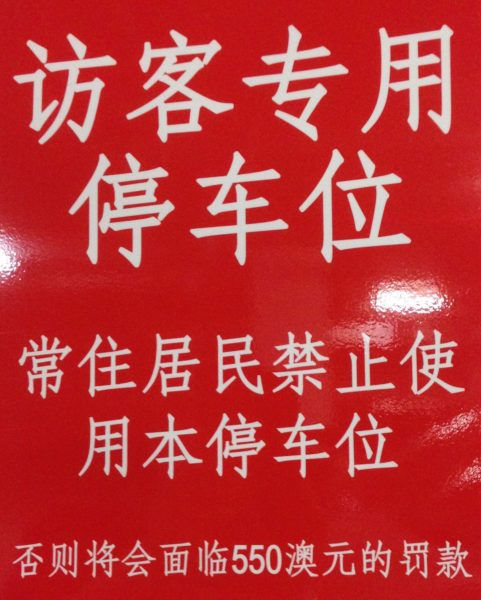
That politicians would try to reach these diverse groups is not surprising. However, a gauche attempt to greet an Asian-looking person in Chinese exposes the gap between our predominantly white Anglo monolingual politicians and the diverse population they are supposed to represent.
Multilingualism in Australia is largely restricted to the immigrant population and their children. This means that proficiency in a LOTE is, by and large, also a marker of an ethnic identity that is not Anglo/white.
The Anglo/white population has been struggling to come to terms with this reality. For the longest time, the key strategy has been to simply ignore LOTEs and carry on as if Australia were a monolingual English-speaking society – the infamous monolingual mindset. However, our multilingual reality has become increasingly difficult to ignore, and as a result we see more and more efforts at multilingual communication.
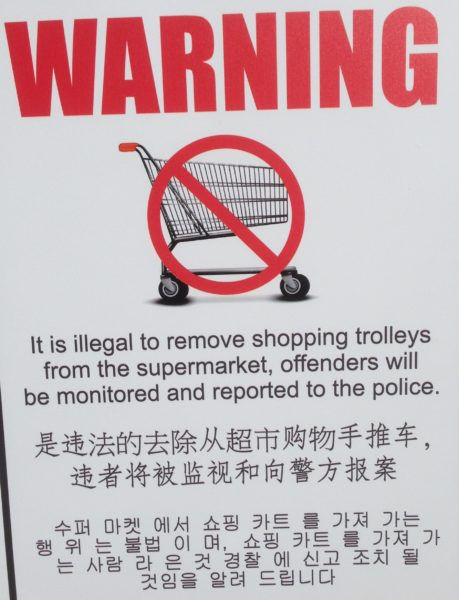
The problem with these multilingual communications is that the LOTE speaker is not imagined as a conversation partner but as a dupe. “Greet them in their language and they will be pleased”, “Provide campaign posters in their language and they’ll vote for me”, seems to be the thinking.
In short, most of the time when Anglo-Australians use a LOTE, they do not imagine interacting with another complex person but talking at some uni-dimensional simpleton. These multilingual practices do not engage but otherize.
That multilingual practices can exclude just as much as they can include is most apparent in multilingual prohibition signs. When prohibitions are stated in more than one language in an otherwise largely monolingual space, these prohibitions position LOTE speakers as trespassers and interlopers who cannot be relied upon to do the right thing. Signage stating bathroom etiquette is one such example.
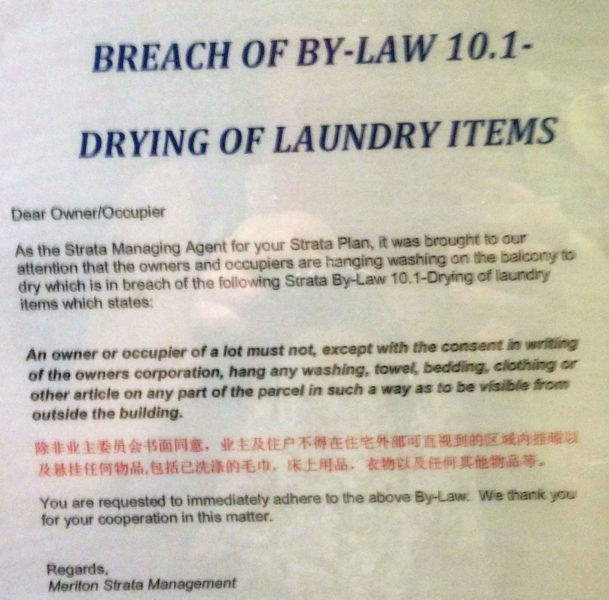
Chinese-English signs placed over toilets during open houses (when a house that is for sale is open for inspection by potential buyers) are another. I find it difficult to imagine that toilet use during open houses is such a problem that it requires intervention with a specifically designed sign. The sign in all probability serves less to deter inappropriate toilet use than to disseminate its implicit message: that Chinese customers have questionable hygiene. Multilingual prohibition signs related to illegal parking, illegal use of shopping trolleys, or illegal use of washing lines all invite the same conclusion: Chinese residents are offenders against the norms of everyday interaction.
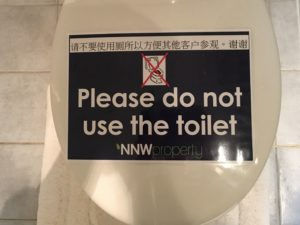
LOTE use, and specifically the use of Asian languages, predominantly Chinese, in the public space in Australia – in cases where it emanates from outside the LOTE community – is the latest incarnation of the fear of Asians that has been inscribed into Australian culture ever since it became a British outpost far away from Europe but close to Asia.
Australia’s fear of Asia manifested itself most explicitly in the “White Australia” policy, which excluded Asian immigrants for most of the 20th century. While a racist immigration policy has given way to a non-discriminatory immigration policy for almost half a century now and most immigrants today come from Asia, Anglo-Australia is still struggling to come to terms with the reality that Australia is an Asian country geographically and is increasingly becoming an Asian country demographically.
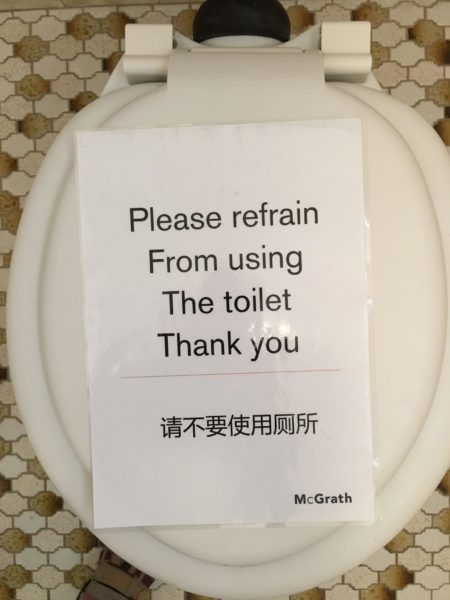
But what do these realities mean for our diverse society? The linguistic evidence at present suggests that “Australian” and “Asian” continue to be imagined as mutually exclusive categories. But our collective embarrassment at this state of affairs is palpable, and change is in the air.
Author:
Dr Ingrid Piller, FAHA, is Professor of Applied Linguistics at Macquarie University, Sydney, Australia. Ingrid’s research expertise is in the fields of intercultural communication, bilingual education and the sociolinguistics of language learning and multilingualism in the contexts of migration and globalization.
#multilingualism #diversity #linguisticdiversity #IngridPiller #australia #languagesaustralia #chinese #mandarin
Note: This article (including the images) has been re-published with the permission of the author. Views represented in the article and the copyrights belong to the author. If you wish to re-post this article, kindly contact the author herself.
Link to the original article: http://www.languageonthemove.com/australians-speaking-asian/
Webpage of the author: https://researchers.mq.edu.au/en/persons/ingrid-piller


Comments